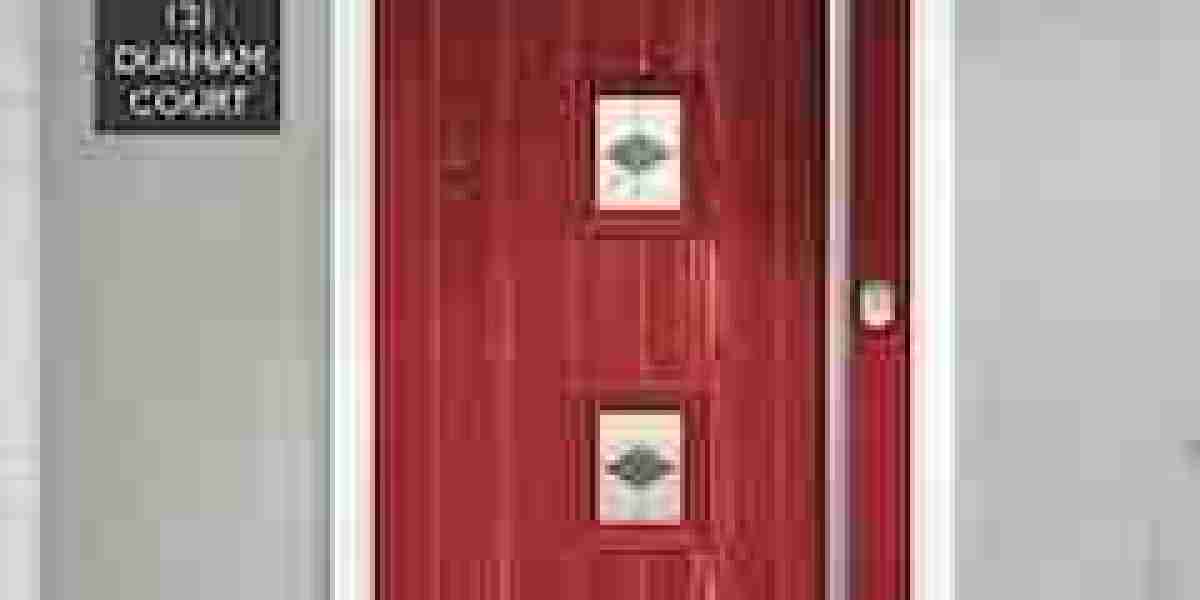Your home’s interior doors play a crucial role in both functionality and aesthetics. They provide privacy, reduce noise, enhance security, and contribute to the overall design of your living space. When choosing the right interior doors, one of the biggest decisions is whether to go with slab doors or prehung interior doors.
In this comprehensive guide, we’ll explore:
The importance of interior doors
Different types of interior doors
What prehung interior doors are and their benefits
How to choose the right interior door for your home
Installation tips and maintenance
Why Interior Doors Matter
Interior doors serve several essential purposes:
1. Privacy & Separation
Doors create private spaces, whether for bedrooms, bathrooms, or home offices. A solid-core or well-fitted door ensures sound doesn’t easily travel between rooms.
2. Noise Reduction
Thicker doors (especially solid-core or acoustic-rated ones) help block noise, making your home quieter and more comfortable.
3. Aesthetic Appeal
Doors contribute to your home’s style—whether modern, traditional, rustic, or minimalist. The right door design can enhance your interior décor.
4. Energy Efficiency
Well-insulated doors help maintain indoor temperatures, improving energy efficiency in your home.
5. Safety & Security
While interior doors aren’t as secure as exterior ones, they still provide a barrier against unwanted access, especially in multi-family homes or rentals.
Types of Interior Doors
There are several types of interior doors, each with different materials, styles, and functions.
1. Panel Doors
Description: Feature raised or recessed panels (usually 2 to 6 panels).
Best for: Traditional, farmhouse, or colonial-style homes.
2. Flush Doors (Slab Doors)
Description: Flat, smooth surface with no panels.
Best for: Modern, minimalist, or contemporary interiors.
3. French Doors
Description: Feature glass panels, allowing light to pass through.
Best for: Dining rooms, sunrooms, or as elegant room dividers.
4. Barn Doors
Description: Sliding doors mounted on a track.
Best for: Rustic, industrial, or space-saving solutions.
5. Pocket Doors
Description: Slide into a wall cavity to save space.
Best for: Small rooms, bathrooms, or tight spaces.
6. Bifold Doors
Description: Fold in half, commonly used for closets.
Best for: Wardrobes, laundry rooms, or pantries.
Materials Used in Interior Doors
1. Solid Wood
Pros: Durable, high-end look, excellent soundproofing.
Cons: Expensive, can warp in humidity.
2. Hollow Core
Pros: Lightweight, affordable.
Cons: Less durable, poor sound insulation.
3. Solid Core
Pros: Better soundproofing than hollow core, more stable.
Cons: Heavier, mid-range price.
4. MDF (Medium-Density Fiberboard)
Pros: Smooth finish, affordable, resists warping.
Cons: Not as strong as solid wood.
5. Glass (Frosted or Clear)
Pros: Adds light, modern aesthetic.
Cons: Less privacy, fragile.
What Are Prehung Interior Doors?
A prehung interior door comes already mounted into a frame (jamb) with hinges attached. It includes:
The door slab
Hinges (usually 3)
Door frame (jamb)
Pre-cut strike plate for the latch
Benefits of Prehung Interior Doors
✅ Easier Installation – No need to mortise hinges or align the door manually.
✅ Better Fit – The frame is pre-assembled for a snug fit.
✅ Time-Saving – Faster to install than slab doors.
✅ Professional Finish – Reduces gaps and misalignment issues.
When to Choose Prehung vs. Slab Doors
| Factor | Prehung Door | Slab Door |
|---|---|---|
| Installation Ease | ✔ Best for DIY | ✖ Requires skill |
| Replacement | ✔ Full frame replacement | ✔ Only door replacement |
| Cost | ❌ Slightly higher | ✔ More affordable |
| Customization | ❌ Limited | ✔ More options |
How to Choose the Right Interior Door
1. Measure Correctly
Standard interior door size: 80” (height) x 24”-36” (width).
For prehung doors, check rough opening dimensions (frame size).
2. Consider Functionality
Bedrooms/Bathrooms: Solid-core for privacy.
Closets/Pantries: Sliding or bifold doors to save space.
3. Match Your Home’s Style
Modern: Flush or glass doors.
Traditional: Panel or French doors.
4. Check Swing Direction
Inswing vs. Outswing – Ensure the door opens correctly for your space.
5. Budget & Material
Hollow core: Budget-friendly.
Solid wood: Premium option.
Installing Prehung Interior Doors
Step-by-Step Guide
Remove the Old Door & Frame (if replacing).
Check Rough Opening Size (should be 2” wider & taller than the door).
Insert Prehung Door into the opening.
Shim & Level the frame for proper alignment.
Secure with Nails/Screws into wall studs.
Test the Swing to ensure smooth operation.
Add Trim & Caulk for a finished look.
Maintaining Interior Doors
Clean Regularly – Wipe with a damp cloth.
Lubricate Hinges – Prevent squeaking with WD-40.
Repaint/Refinish – Refresh the look every few years.
Check for Warping – Especially in humid climates.
Final Thoughts
Choosing the right interior doors—whether prehung or slab—depends on your needs, budget, and DIY skills. Prehung doors offer convenience and a professional fit, while slab doors are ideal for custom replacements.








